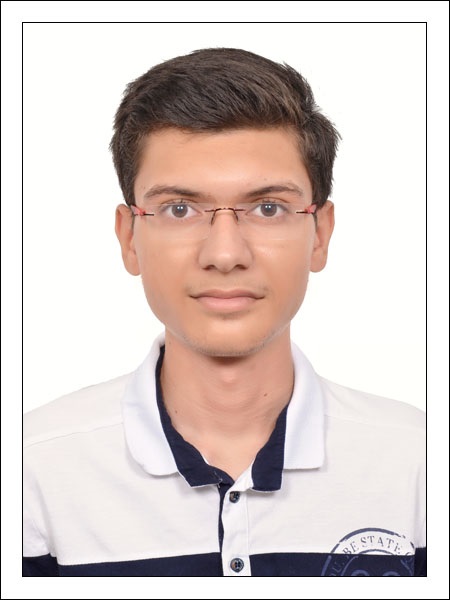Course abstract
This is a basic first level course to learn rigid body mechanics covering both statics and dynamics. Statics covers free body diagrams, equilibrium of rigid bodies, analysis of trusses and beams, discussion on friction, virtual work and stability. Dynamics deals with general plane motion of rigid bodies, use of translating and rotating frames of reference for analysis, plane kinetics and 3D kinematics.
Course Instructor

Prof.K. Ramesh
K. Ramesh is currently a Senior Professor at the Department of Applied Mechanics, IIT Madras; as its Chairman during (2005-2009) and formerly a Professor at the Department of Mechanical Engineering, IIT Kanpur. He received his undergraduate degree in Mechanical Engineering from the Regional Engineering College, Trichy (now NIT, Trichy), Postgraduate degree from the Indian Institute of Science, Bangalore and the Doctoral Degree from the Indian Institute of Technology Madras. He has made significant contributions to the advancement of Digital Photoelasticity. This has resulted in a Monograph on Digital Photoelasticity - Advanced Techniques and Applications (2000), Springer, a chapter on Photoelasticity in the Springer Handbook of Experimental Solid Mechanics (2009) and a chapter on Digital Photoelasticity in the book on Digital Optical Measurement Techniques and Applications (2015), Artech House London. He has over 170 publications to date of which two have been reproduced in the Milestone Series of SPIE. His research has been funded by organizations such as ARDB, ISRO, DST, and NSF. He received the Zandman award for the year 2012, the only Indian to receive it since its inception in 1989, instituted by the Society for Experimental Mechanics, USA for his outstanding research contributions in applications utilizing photoelastic coatings. He has made significant contributions to the advancement of Digital Photoelasticity. This has resulted in a Monograph on Digital Photoelasticity - Advanced Techniques and Applications (2000), Springer, a chapter on Photoelasticity in the Springer Handbook of Experimental Solid Mechanics (2009) and a chapter on Digital Photoelasticity in the book on Digital Optical Measurement Techniques and Applications (2015), Artech House London. He has over 170 publications to date of which two have been reproduced in the Milestone Series of SPIE. His research has been funded by organizations such as ARDB, ISRO, DST, and NSF. He received the Zandman award for the year 2012, the only Indian to receive it since its inception in 1989, instituted by the Society for Experimental Mechanics, USA for his outstanding research contributions in applications utilizing photoelastic coatings.More info
Teaching Assistant(s)
No teaching assistant data available for this course yetCourse Duration : Jul-Oct 2021
View Course
Syllabus
Enrollment : 20-May-2021 to 02-Aug-2021
Exam registration : 17-Jun-2021 to 17-Sep-2021
Exam Date : 23-Oct-2021
Enrolled
2403
Registered
60
Certificate Eligible
11
Certified Category Count
Gold
0
Silver
0
Elite
5
Successfully completed
6
Participation
26
Legend
AVERAGE ASSIGNMENT SCORE >=10/25 AND EXAM SCORE >= 30/75 AND FINAL SCORE >=40BASED ON THE FINAL SCORE, Certificate criteria will be as below:
>=90 - Elite + Gold
75-89 -Elite + Silver
>=60 - Elite
40-59 - Successfully Completed
Final Score Calculation Logic
- Assignment Score = Average of best 8 out of 12 assignments.
- Final Score(Score on Certificate)= 75% of Exam Score + 25% of Assignment Score
Note:We have taken best assignment score from both July 2020 and July 2021 courses
Engineering Mechanics - Toppers list
Enrollment Statistics
Total Enrollment: 2403
Registration Statistics
Total Registration : 60
Assignment Statistics
Assignment
Exam score
Final score
Exam score
Final score
.jpg)
.jpg)
.jpg)
.jpg)

